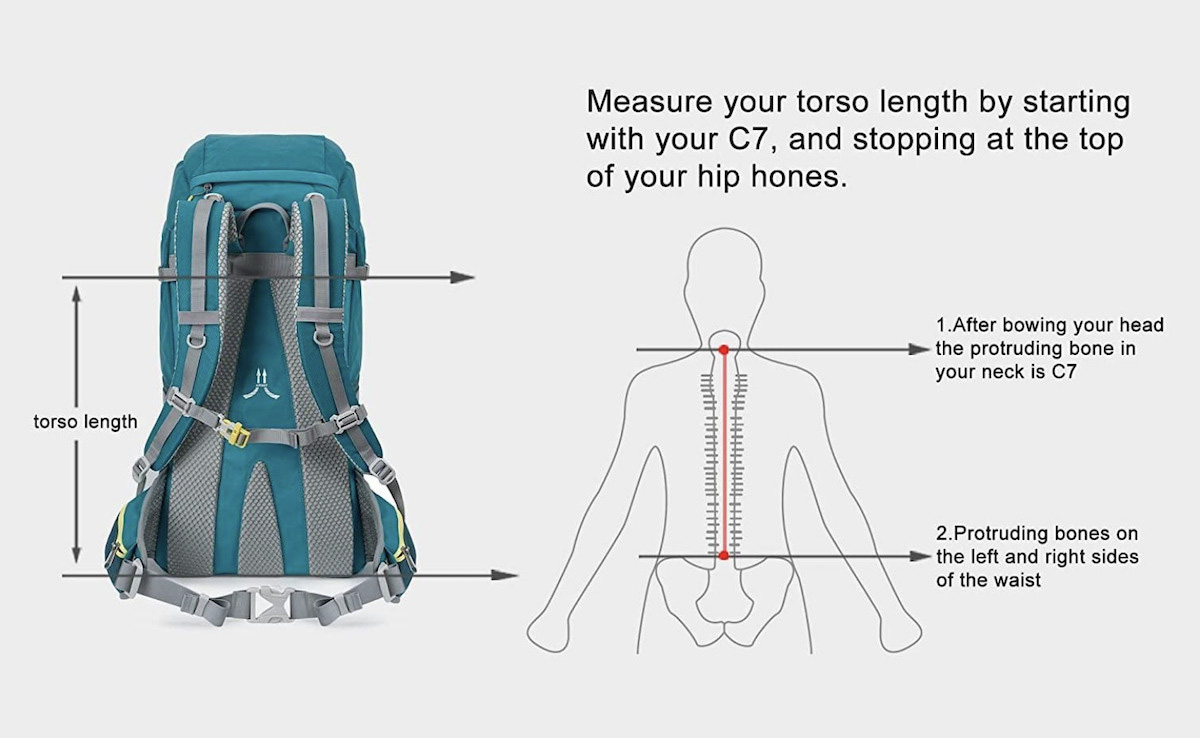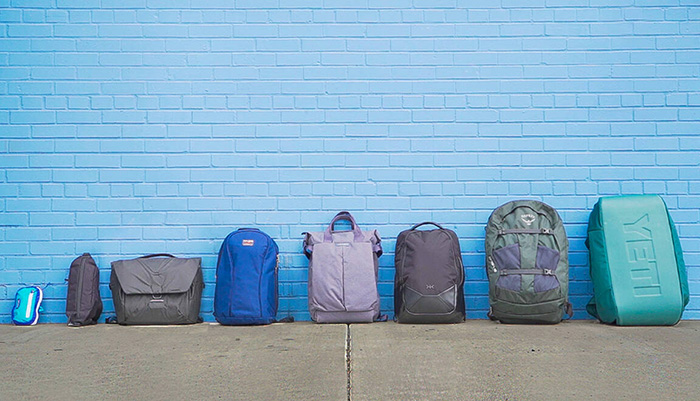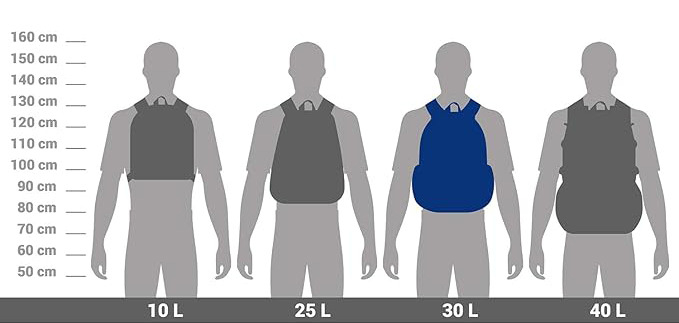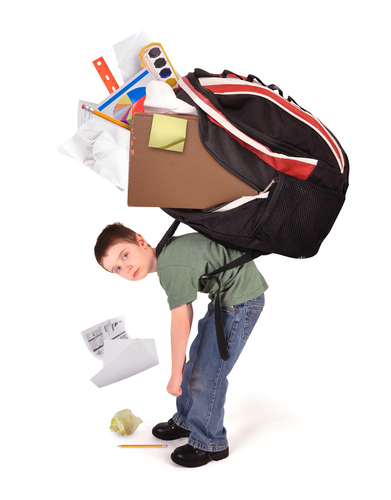Why is choosing the right backpack so important for students? Because it affects their physical health and learning efficiency. Whether you are a parent looking to choose a backpack for your child, a retailer hoping to find the best products, or simply someone selecting a backpack for yourself, as long as you want to understand student backpack sizes, this comprehensive guide will tell you everything you need to know about it.

The size of a student's backpack should be chosen based on their height, body type, and growth patterns. Students of different ages and heights have different appropriate backpack sizes.
Most of the backpack's weight is supported by the core and glute muscles, so ensuring proper support from the backpack is key.
For optimal support, the backpack should sit in the middle of the shoulder blades. To find the correct width, measure the distance between the shoulder blade spines and add 1 or 2 inches. For the correct height, the top edge of the backpack should be parallel to the shoulders, while the bottom edge should remain above the waist. The overall weight should be as close to the body’s upper back center as possible. Measure from the shoulder line where the straps sit down to the navel to determine the appropriate height for your child's backpack.
If there is a chest strap, its position should be level with the child's armpits. The waist belt helps bring the backpack closer to the back, distributing the weight more evenly over the hips and pelvis, reducing the pressure on the spine and shoulders.

Most backpack retailers use liters(L) as the unit when describing size, which refers to the volume or capacity of the backpack, not its external dimensions. Of course, some may use cubic inches (in³) as units. You can scroll to the end of the article to see a conversion table for liters and cubic inches.
For students, backpack sizes ranging from 18L to 34L are quite common.

Backpacks under 15 liters are considered compact and are more suitable for preschool children. Backpacks from 18L to 24L can generally accommodate an 11''-13'' laptop and some basic items, making them suitable for elementary students who have a certain amount of books and electronic devices to store.
However, if you want to fit a lunch bag, binder, or a larger laptop, you might consider a backpack of 24L or more. Backpacks in the 24-26L range are classified as medium-sized and are the most popular backpack capacity among students, generally accommodating a 15-inch laptop, A4-sized notebooks, books, a folding umbrella, a regular water bottle, a jacket or sweater, and some snacks.
Backpacks with a capacity of over 30L are considered medium or large backpacks. If, in addition to the previously mentioned 15.6-inch laptop and A4-sized books, you also need to carry a full set of clothes and shoes for a change, then a 32-34L backpack would be quite suitable.

However, knowing the liters isn't enough to determine if a laptop will fit; it also depends on the specific length, width, and height of the backpack, as liters only indicate the volume of items it can hold. You can find a reference for common laptop sizes and corresponding backpack sizes at the end of the article.

Common Laptop Sizes and Corresponding Backpack Sizes